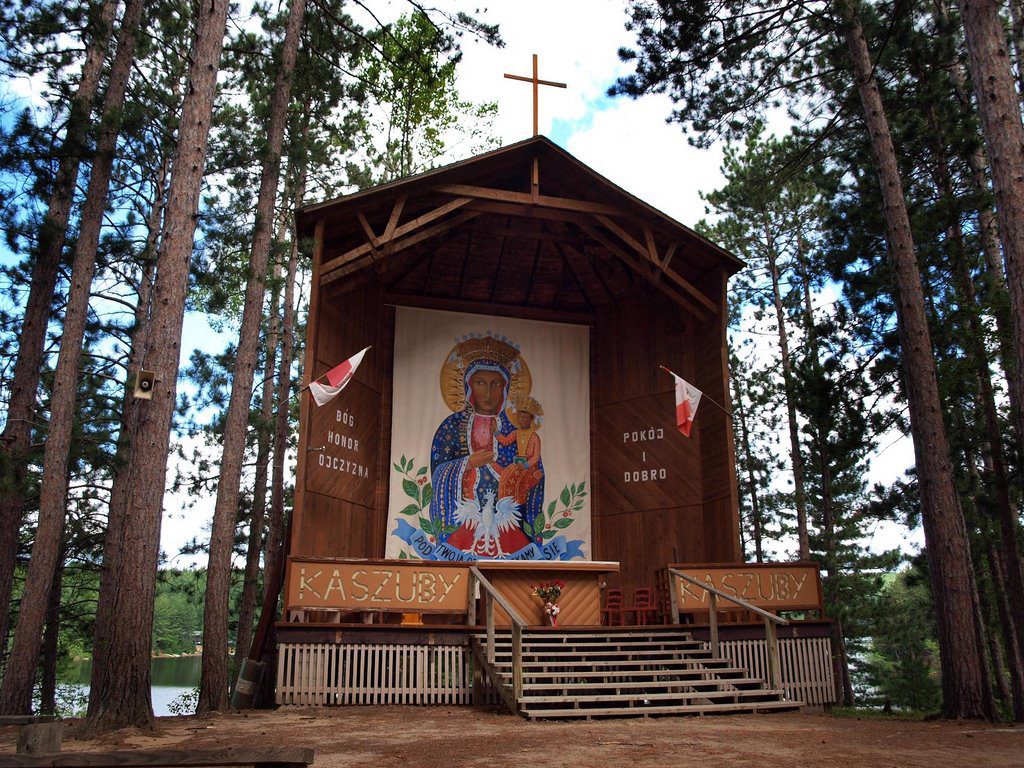The reasons people travel – or want to travel – are changing. When we talk about food and travel, we need to talk about foodways.
FOODWAYS ARE THE INTERSECTION OF FOOD IN CULTURE, TRADITIONS, AND HISTORY.
They’re diverse, dynamic and a reflection of how people have influenced the places they’ve moved through. Ontario’s foodways are as diverse as our communities, with big cities, small towns, and neighbourhoods all weaving together into an intricate tapestry. Some of Ontario’s most interesting food places came to be that because of the cultural and historical influences of populations who moved them.
Kaszuby is one of those places.
Kaszuby is home to Wilno, one of the first Polish settlements in Canada. Technically, it’s the Township of Madawaska Valley – an area that includes Barry’s Bay and Kamaniskeg Lake. To the local residents and the Polish community in Canada though, the region is known as Kaszuby. It’s named after the part of northern Poland from which the first settlers arrived in the mid-nineteenth century.

About fourteen families of Kaszubs immigrated to the area in the late 1850s. Like many communities in Poland and the surrounding lands during that time, their homeland had lost its independence near the end of the 18th century. Its land annexed by Austria, Russia, and Prussia. The Kaszubs were forbidden to speak their language or practice their religion. They were forced off their farms and into a state of poverty. At the time, the Canadian government was looking for people to settle the land. They advertised: “One hundred acres will be given to any settler eighteen years old… who will put in a state of cultivation at least twelve acres of the land in the course of four years… erect on it a house at least 20×18 feet and reside on the lot until the conditions of settlement are duly performed.”
Naturally, the Kaszubs jumped on the opportunity. As conditions in their homeland worsened over the next 100 years, more and more of them immigrated to Ontario – where conditions, at the time, were harsh, but possibilities were plentiful. There’s a great book on the subject by Anna Zurakowska called “The Proud Inheritance: Ontario’s Kaszuby“, if you’re interested.

There are differences in the traditions of Kaszubs and the Poles who followed them decades later. As with any community that moves, traditions will change and local influences will take hold. The food in Kaszuby today is a mish-mash of Polish, Kaszubian and Canadian culture.
At the centre of the community is the Wilno Tavern in Wilno. Wilno Tavern has been a meeting place for Poles and Kaszubs living and travelling to the area for over 100 years. Originally opened as a hotel across from the newly minted train station in Wilno by Ignancy Slominski, it still acts as a meeting place. Here you’ll find hearty plates of pierogi, pickled herring, bigos – a smoked pork and saurkraut stew and cabbage rolls.
There are other ways to enjoy Polish food in the area too. Smaczny Fries – meaning delicious fries in Polish – is a local food cart that serves crispy fries. Just down the road is Polka Spudz, another food truck serving deep-fried pierogi to hungry travellers.
There are many Polish communities in Ontario. Mississauga in fact, is home to one of the largest communities of Polish people outside of Poland! However, there’s something special about Kaszuby. It’s where families vacation together, where harcerki (girl scouts) make camp in the summer and where Polish is spoken on hiking trails and sidewalks with abandon. It’s a special place for most Canadian-Poles whether they’re newcomers to Canada or not.
Visitors may not think of authentic Polish food when they visit small-town Ontario, but that’s part of what makes foodways like these so special. Culture thrives in communities for unexpected reasons and leaves its mark of the food, drink and agriculture sector in the process. It’s this almost magical combination that brings visitors the unexpected flavours, and unforgettable experiences Ontario is quickly becoming known for.




